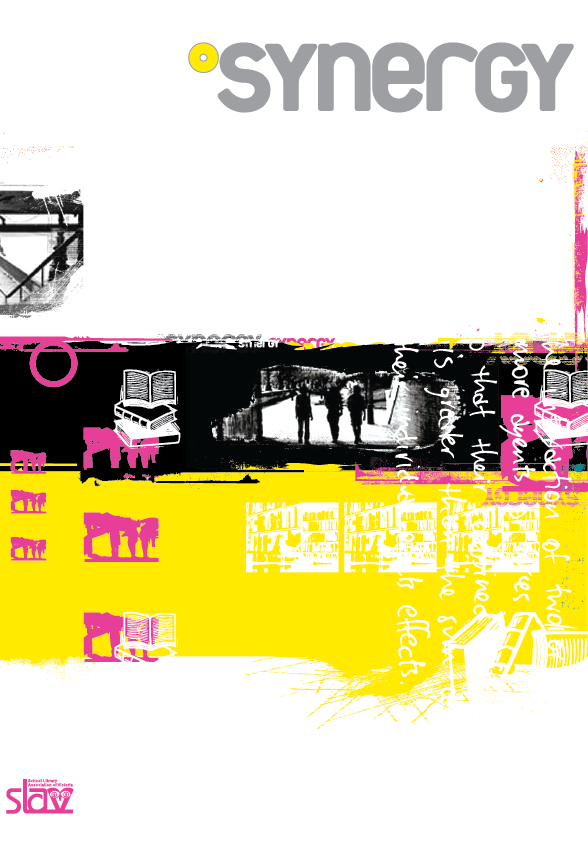Abstract
Yvette Poshoglian and Sandy Phillips describe a wonderful resource, the T4L Kids Magazine, developed quickly to help supplement the constraints of online learning but now proving a useful curriculum linked, enrichment tool for our return to the classroom.
Similar Articles
- Professor Jennifer Branch-Mueller, Generative artificial intelligence (GenAI) and the post-secondary landscape , Synergy: Vol. 23 No. 1 (2025)
- Dr Mayasari binti Abdul Majid, Dr Sophia Vivian Adeyeye, Antonija Lujanac, Dr Maria Fe Nicolau, Global librarians innovating and collaborating for the future , Synergy: Vol. 23 No. 1 (2025)
- Sue Osborne, Towards a better online life – reflections on the March conference , Synergy: Vol. 17 No. 1 (2019)
- Dr Rebecca Reynolds, Changes in Student Attitudes Towards 6 Dimensions of Digital Engagement in a Program of Game Design Learning , Synergy: Vol. 10 No. 2 (2012)
- Anne Whisken, Ten school benchmarks to build student information strategies , Synergy: Vol. 17 No. 2 (2019)
- Dr Anne Whisken, How might YA reading help teens in troubled times? , Synergy: Vol. 19 No. 2 (2021)
- Sue Osborne, Retweeting into Twitter , Synergy: Vol. 17 No. 2 (2019)
- Leon Furze, Artificial Intelligence and education: The role of librarians in promoting ethical and responsible AI , Synergy: Vol. 21 No. 1 (2023)
- Dr Ross Todd , Punit Dadlani, Collaborative Inquiry in Digital Information Environments: Cognitive, Personal and Interpersonal Dynamics , Synergy: Vol. 12 No. 1 (2014)
- Kathryn McKendry, Improving reading engagement for aliterate readers through the Year 7 wide reading programme: A VIT inquiry project , Synergy: Vol. 19 No. 2 (2021)
You may also start an advanced similarity search for this article.
Most read articles by the same author(s)
- Sandy Phillips, Seven strategies for digitech , Synergy: Vol. 17 No. 2 (2019)
- Mary Manning, Sandy Phillips, Connect 2.0: A collaborative partnership for creative change , Synergy: Vol. 7 No. 2 (2009)

